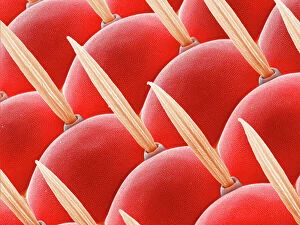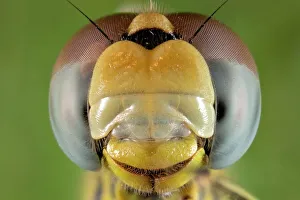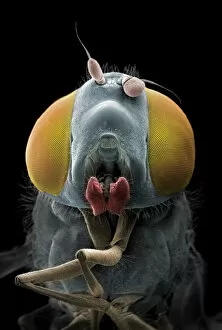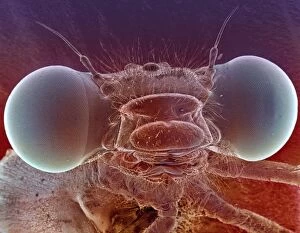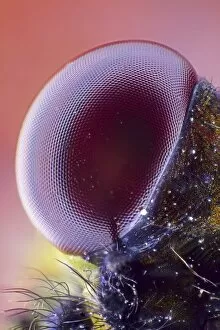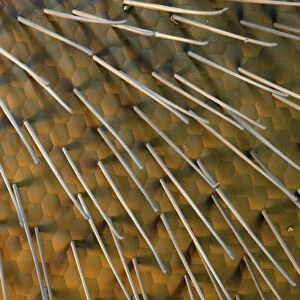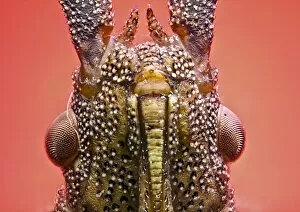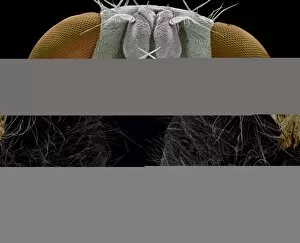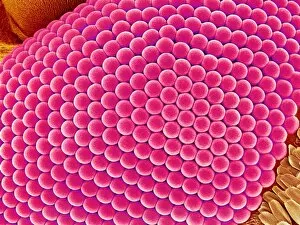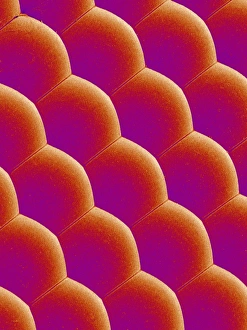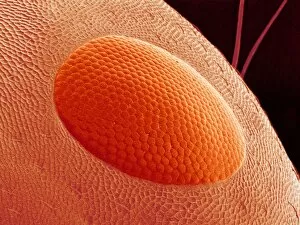Ommatidium Collection
"Unveiling the Marvels of Ommatidium: A Glimpse into the Intricate World of Insect Vision" In the realm of insects, their eyes hold a mesmerizing secret - ommatidium
All Professionally Made to Order for Quick Shipping
"Unveiling the Marvels of Ommatidium: A Glimpse into the Intricate World of Insect Vision" In the realm of insects, their eyes hold a mesmerizing secret - ommatidium. These tiny wonders are the building blocks of compound eyes, granting creatures like flies and dragonflies an extraordinary visual prowess. Through scanning electron microscopy (SEM) images such as SEM Z340 / 0698 and C018 / 2394, we can delve into this captivating world. The allure is irresistible as we explore the intricate structure of an ant's compound eye in SEM C018 / 0552 or witness its individual eye in C018 / 2440. But it doesn't stop there; butterflies also possess these enchanting ommatidia, as showcased in SEM C016 / 9382. Even common blue damselflies boast remarkable vision with their unique eyes captured in SEM C016 / 9383. Let us not forget about other fascinating species. The bluebottle fly reveals its astonishing eye design while gall midges showcase their own distinct perspective through SEM C016 /9392 and C016/9394 respectively. And for those seeking a deeper understanding, a cross-section illustration takes us on a journey through insect eye anatomy. As we appreciate these breathtaking visuals and illustrations, let us marvel at nature's ingenuity displayed within each ommatidium. These structures enable insects to perceive light patterns beyond our comprehension, allowing them to navigate their surroundings with unparalleled precision. So next time you encounter a buzzing fly or catch sight of a delicate butterfly perched on blossoms, remember that behind those seemingly simple eyes lies an intricacy that captivates scientists and nature enthusiasts alike – the magnificent world of ommatidium.

